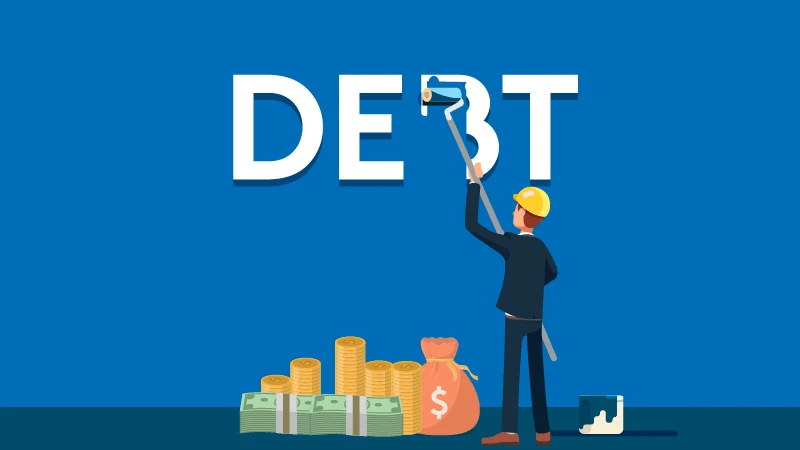
The Ministry of Planning and Investment issued a 2019 Vietnamese Company White Book, authored by the General Statistics Office (GSO) of Vietnam, which truly reflects the actual situation of Vietnamese companies. The book says that by 2017, debts in companies, including state-owned, private-owned and FDI, totaled VND 23.6 mn bn. The GSO data says that GDP in 2017 was at VND 5,000 trillion. This means that the payable debts were 472% of GDP. Most notably, the debts in state sector of 100% state-owned and state-controlled companies were at 154%, with 100% state-owned companies making up 75% GDP.
According to the latest report by the Government, by the end of 2019, the public debts are expected to be at 56.1% GDP, while in 2018 they were at 58.4% GDP; and the government debts would be at 49.2% GDP, while in 2018 they were at 50% GDP. Also, the Government’s direct liability from the state budget is estimated to be around 19.5-20.5%. Thus, more than 20% of 100% state-owned companies have to pay debts which were not guaranteed by the Government, and these amounts were not considered public debts.
The percentage of owner capital over the total amount in the economy is now falling. The average percentage in the 2011-2015 period was 31.5%, and went down to 30.2% and 28.4% in 2016 and 2017, respectively. In the state-owned sector, the percentage of owner capital was 25% in the 2011-2015 period, before it dropped to 19% in 2017.
Corporate figures show that returns on capital on an average in the whole country is very low, with the lowest being in the private sector. Although they tend to increase, they have not reached 2%. The rate of returns on capital are much lower than the interest on deposits. The 2017 data indicates that a capital of VND 100 contained 72% payable debts, and in the state-owned sector, this percentage was at 80%.
If this situation lasts longer, bankruptcy is very likely to happen. FDI companies have the highest percentage of returns on capital; unfortunately, however, Vietnam hardly benefits from this sector. The 2018 figures show that the payment to foreign investors was around USD 18 bn.
The 2019 State budget was estimated at 3.6% GDP, and together with the payment on principals, the amount is 6.8% GDP. However, according to the GSO figures with a 25.4% increase, this percentage was just 2.9% GDP. With the principal debts added, the percentage was at 5.4% GDP. This shows that debts and debt payments are still a big concern even though the percentages are just a small part of GDP, because GDP includes ineffective investments and projects with increased capital, which increases GDP. Therefore, these percentages are nothing more than a reference.




















